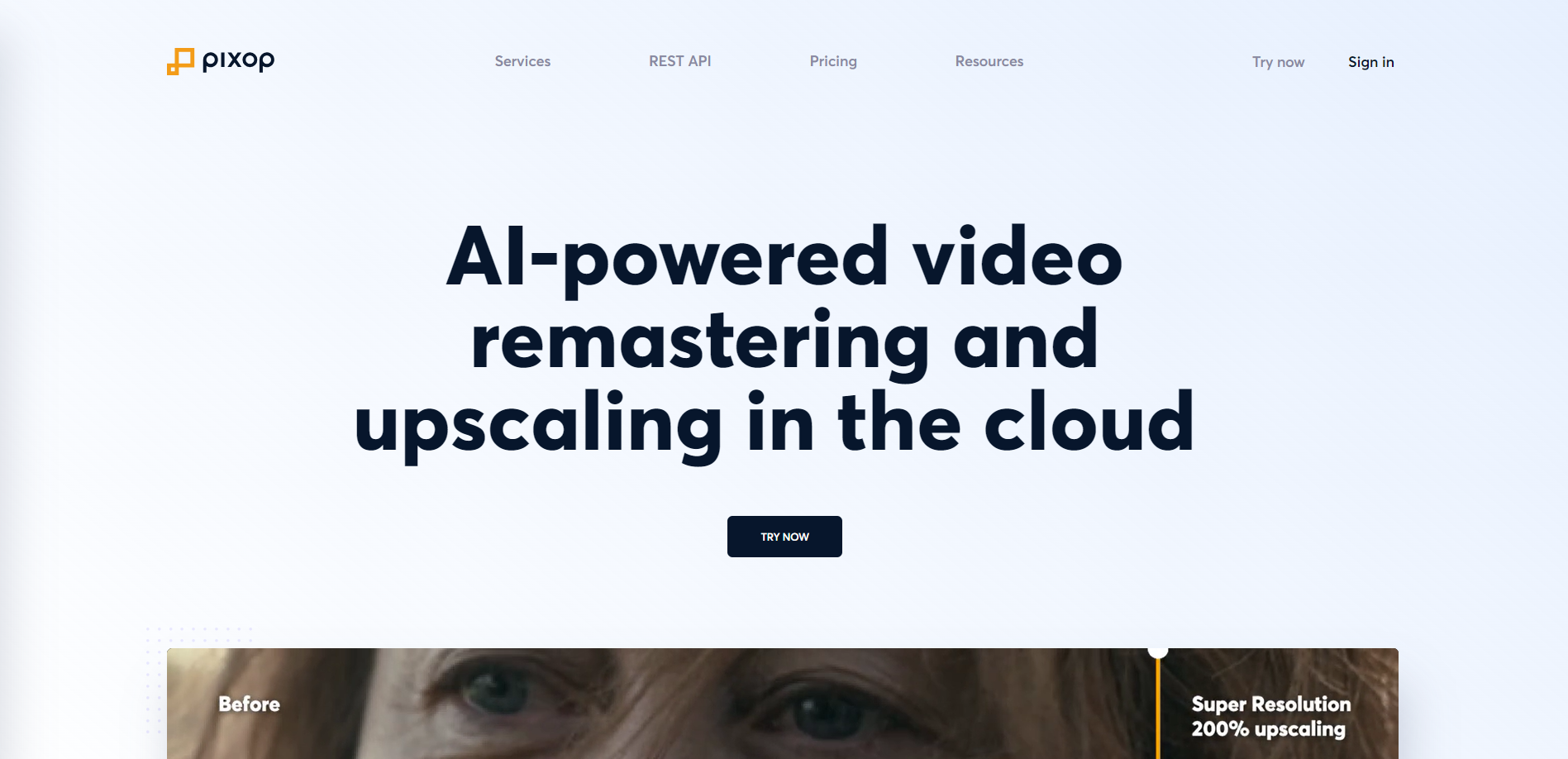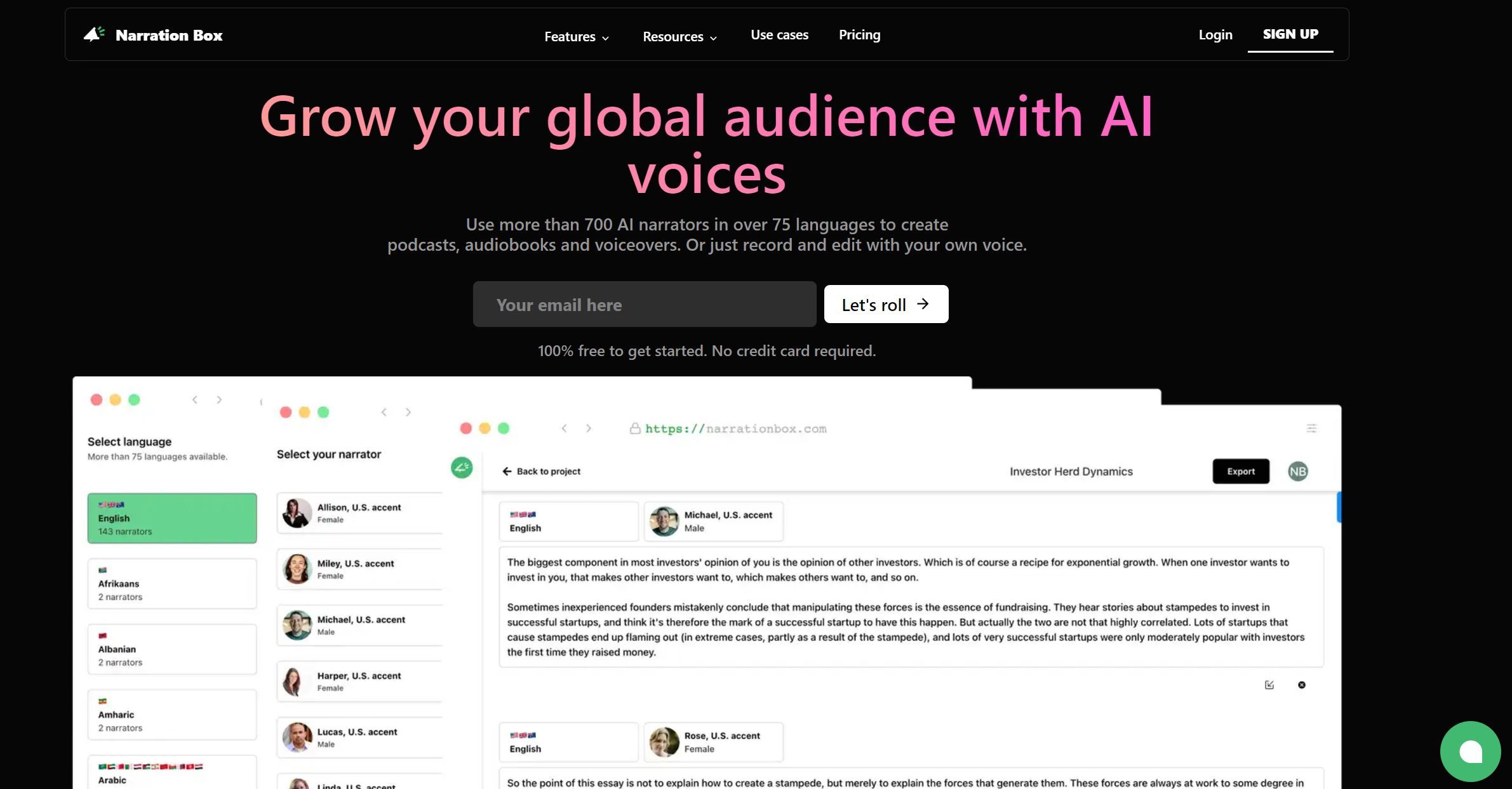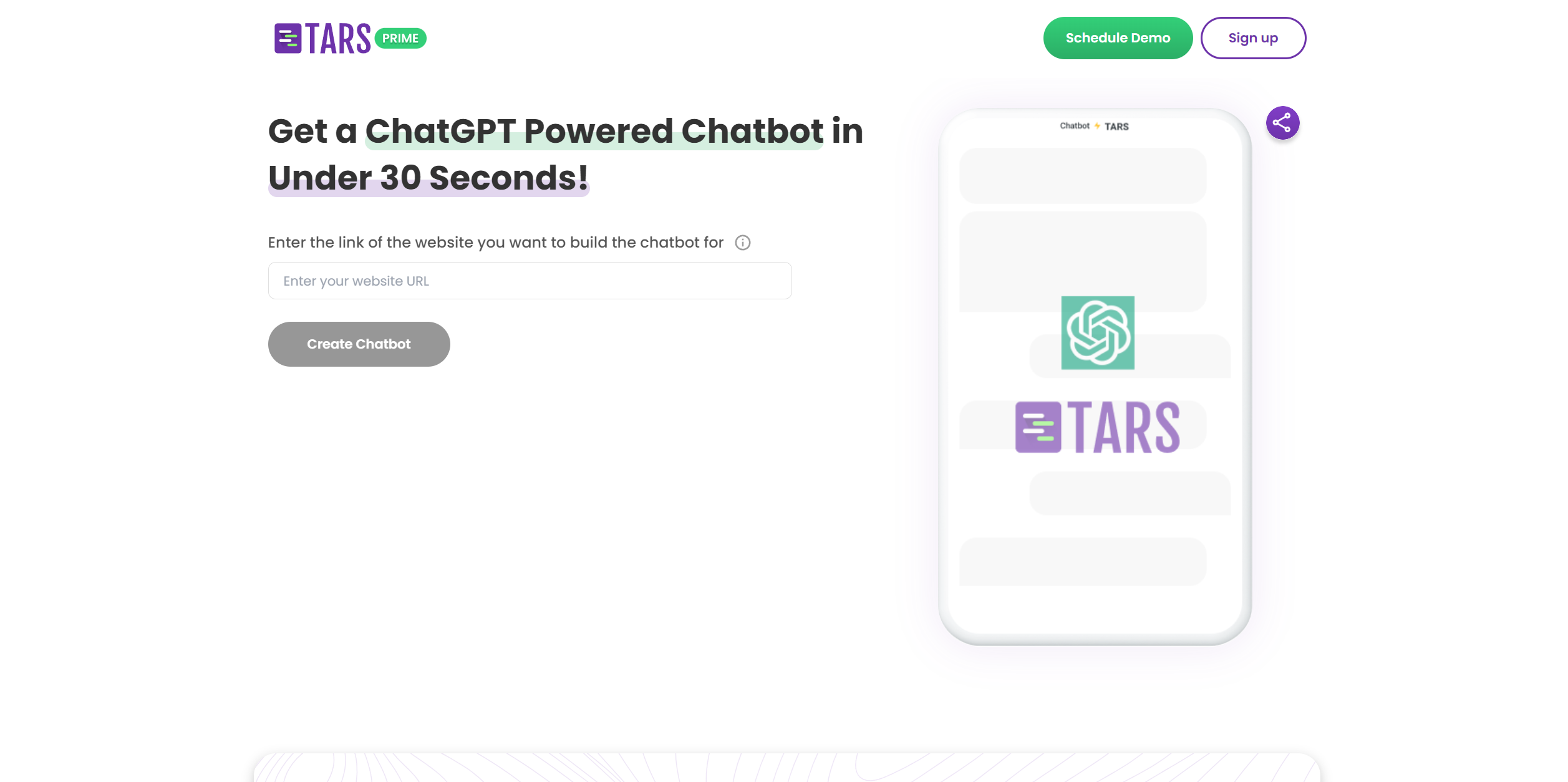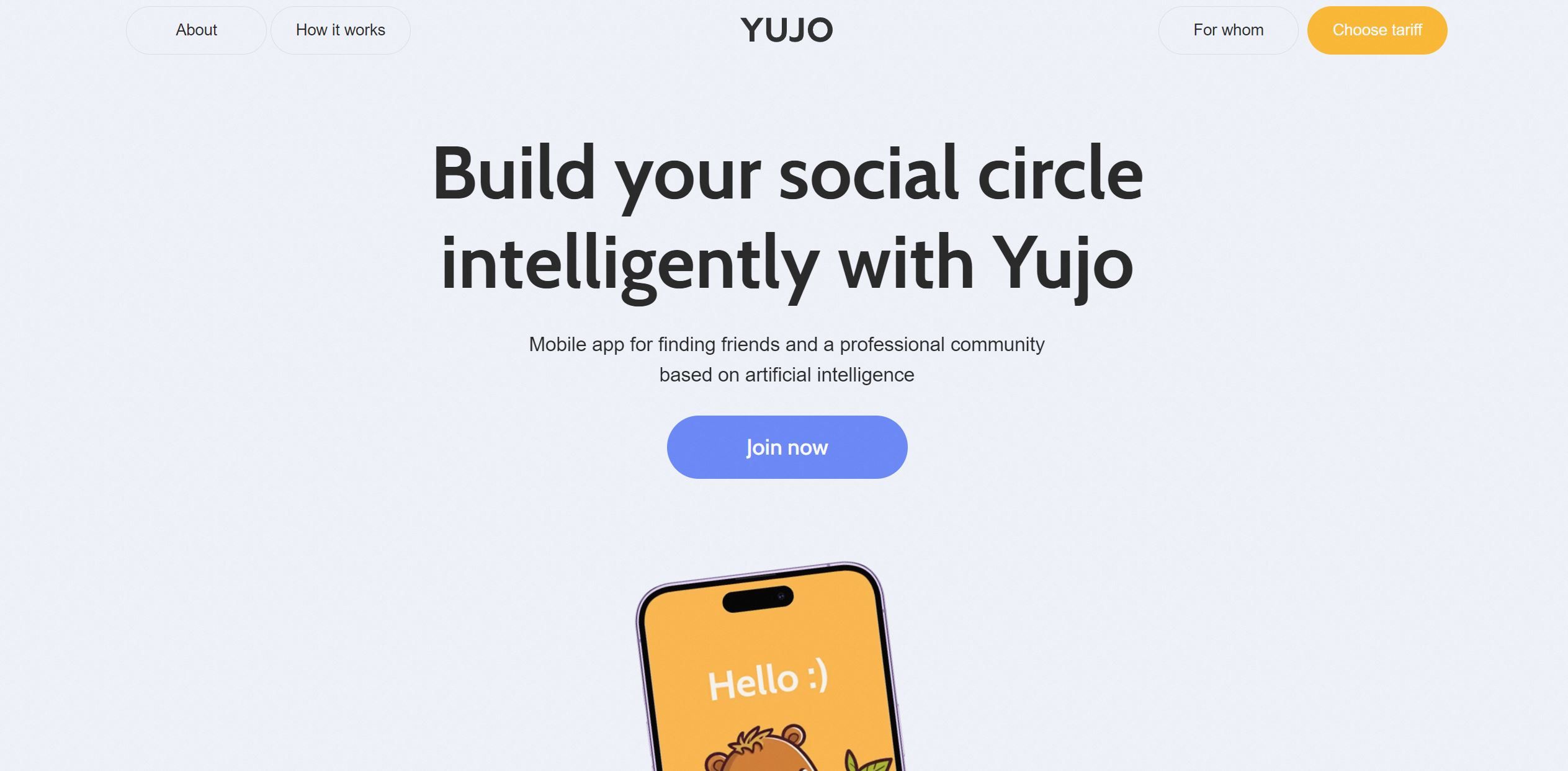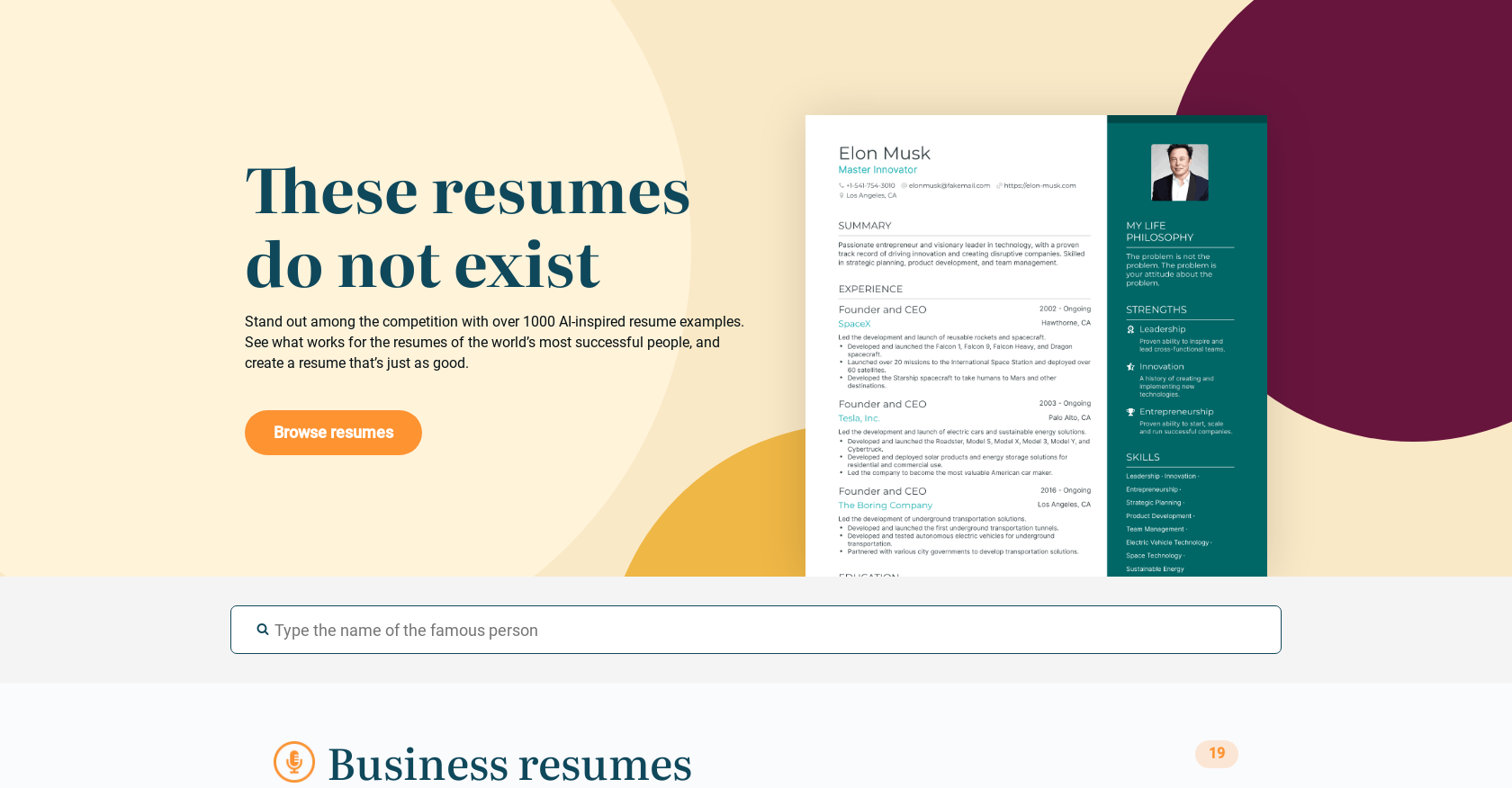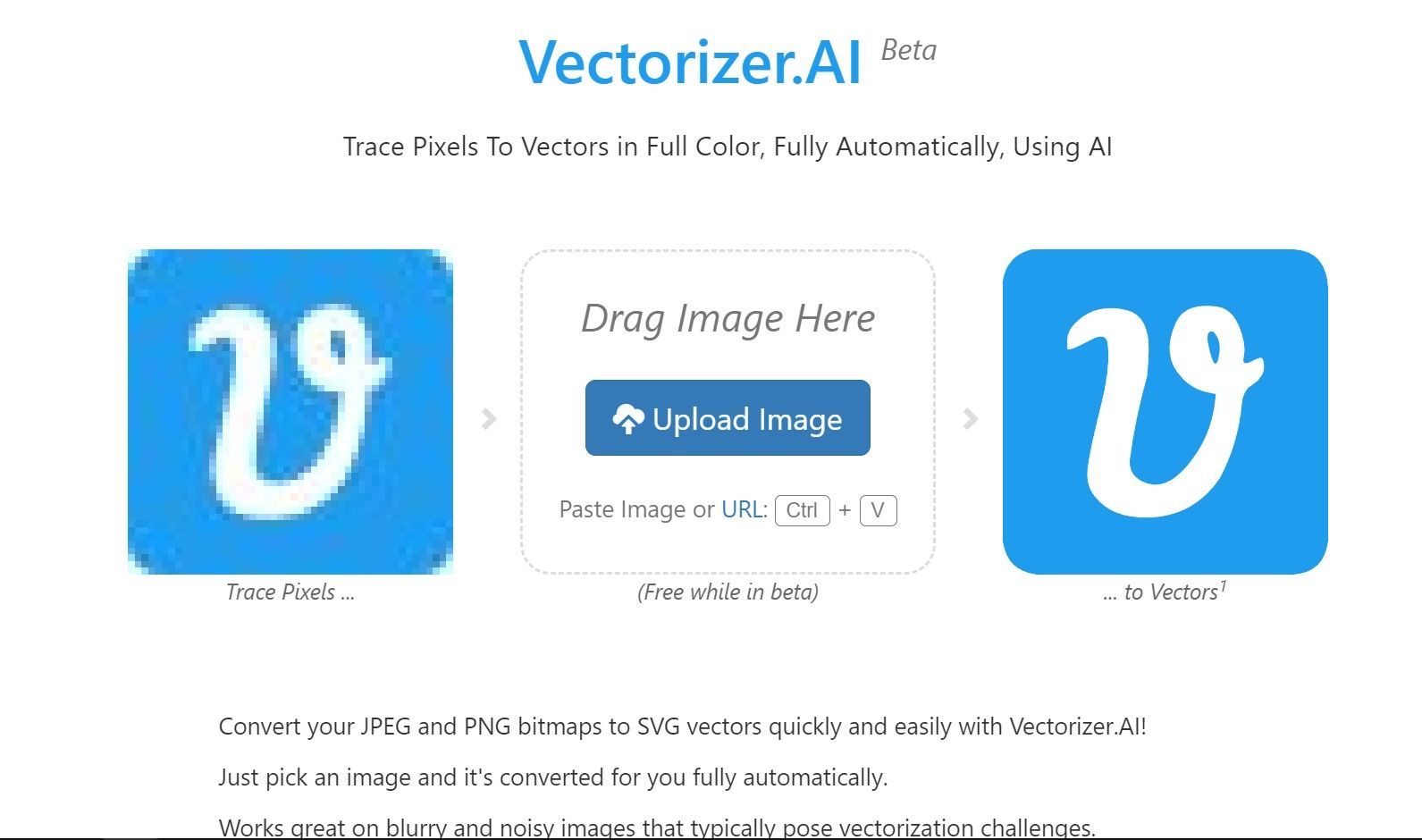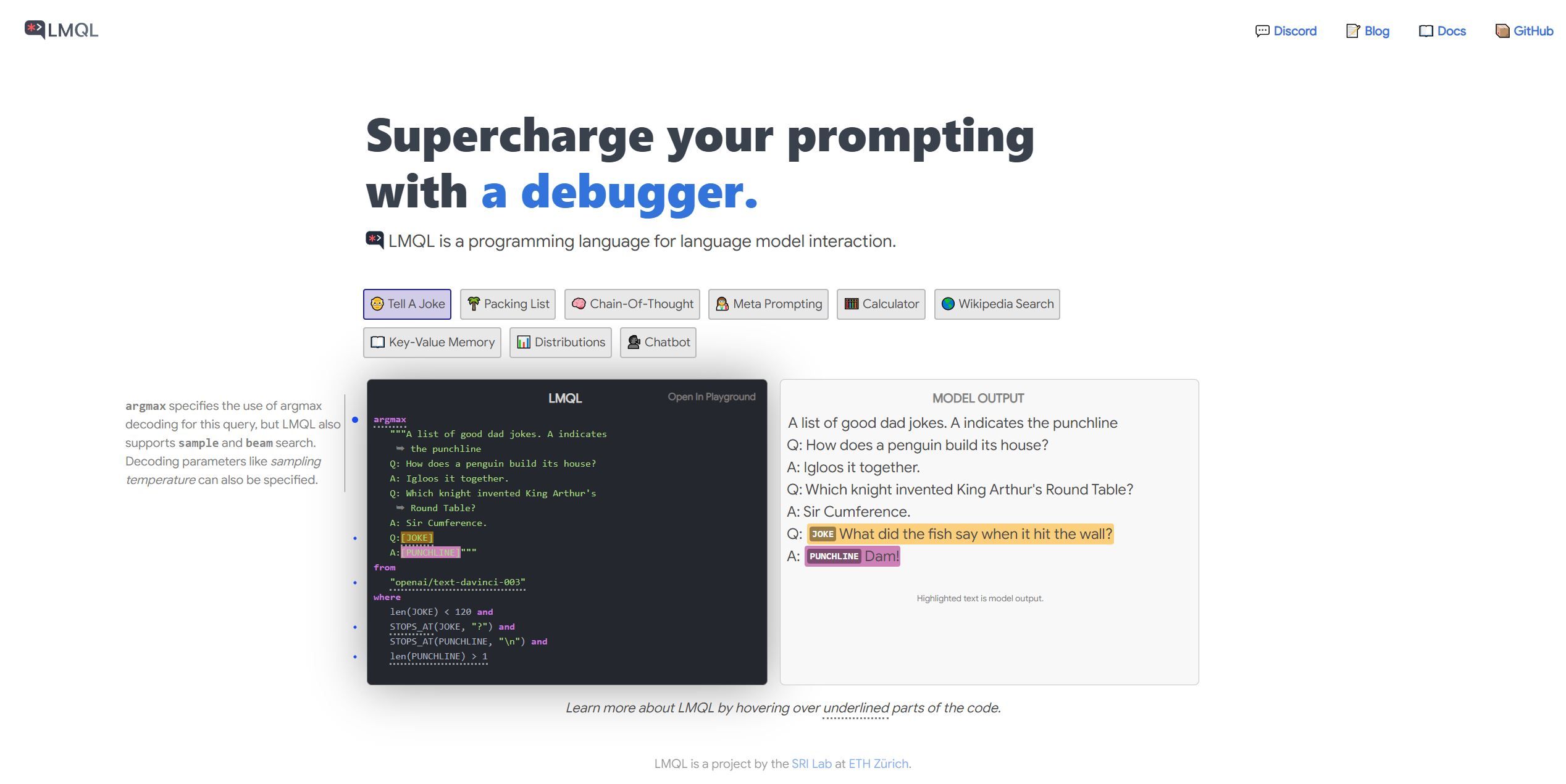
LMQL
Your output should use the following template:
Title
(Place 200-word summary here)
LMQL Features
- [Emoji] Feature title: feature explnation
Use Cases
- [Emoji] Use Case title: use case explanation
Conclusion
FAQ
Q:
A:
is: LMQL
Your task is to summarize the text I give you in up to seven bulletpoints in unordered list format, and start with a short 200-word summary, while bolding the highlight, without using any exact sentences from the source. Create a remarkable title. make the output readable, and must reflect experience in the field of topic. It must be original, avoid repetition, and pass the anti-plagiarism check. the text should have rich, informative details that will leave my readers feeling educated and informed. write output in third person voice. DO NOT USE words like empower, empowering, plethora, elevate, elevating, revolutionize, revolutionise, revolutionizing, or revolutionising. Pick a good matching emoji for every bullet point. Write a conclusion. Create 3 Use cases with corresponding emoji. Create a list of 3 FAQs. do not include in FAQ questions about pricing or costs. important, DO NOT USE on FAQ questions for more than 2 times. Avoid using too much keyword in the output, MAXIMUM OF 6 instance use can be allowed, and if you need to use the keyword, be creative to use other terms that will not change the meaning of the keyword.
Output should be in English only.
This is the content that you will use as reference:
Natural language querying for large models.
LMQL Features
LMQL is a query language specifically designed for large language models (LLMs), combining natural language prompts with the expressiveness of Python. It provides features such as constraints, debugging, retrieval, and control flow to facilitate interaction with LLMs.
Key Features:
- .css-8k4qb7{display:-webkit-box;display:-webkit-flex;display:-ms-flexbox;display:flex;-webkit-box-pack:start;-ms-flex-pack:start;-webkit-justify-content:flex-start;justify-content:flex-start;-webkit-align-items:center;-webkit-box-align:center;-ms-flex-align:center;align-items:center;position:relative;-webkit-text-decoration:none;text-decoration:none;width:100%;box-sizing:border-box;text-align:left;padding-top:8px;padding-bottom:8px;padding-left:16px;padding-right:16px;padding:0px;}.css-8k4qb7.Mui-focusVisible{background-color:rgba(255, 255, 255, 0.12);}.css-8k4qb7.Mui-selected{background-color:rgba(14, 165, 233, 0.16);}.css-8k4qb7.Mui-selected.Mui-focusVisible{background-color:rgba(14, 165, 233, 0.28);}.css-8k4qb7.Mui-disabled{opacity:0.38;}
- .css-1tsvksn{-webkit-flex:1 1 auto;-ms-flex:1 1 auto;flex:1 1 auto;min-width:0;margin-top:4px;margin-bottom:4px;}
.css-yb0lig{margin:0;font-family:”Roboto”,”Helvetica”,”Arial”,sans-serif;font-weight:400;font-size:1rem;line-height:1.5;letter-spacing:0.00938em;display:block;}Constraints: Specify conditions for the generated output to meet specific criteria.
-
Debugging: Analyze and understand how the LLM generates the output, helping in fine-tuning and error identification.
-
Retrieval: Access pre-built prompts for common tasks, providing a convenient starting point.
-
Control Flow: Use Python control flow statements to have more control over the generation process.
-
Automatic Token Generation and Validation: Generate the required tokens automatically and validate the produced sequence based on provided constraints.
-
Support for Arbitrary Python Code: Include dynamic prompts and text processing using Python code.
Use Cases:
.css-196imzh{list-style:none;margin:0;padding:0;position:relative;padding-top:8px;padding-bottom:8px;list-style-type:disc;padding-left:16px;}.css-196imzh .MuiListItem-root{display:-webkit-box;display:-webkit-list-item;display:-ms-list-itembox;display:list-item;}
-
Natural Language Generation: LMQL enables users to generate natural language responses from LLMs with fine-grained control and constraints.
-
Customized Conversational Agents: Users can create chatbot-like interactions with LLMs by leveraging the control flow and constraint features of LMQL.
-
Task Automation: LMQL can be used to automate specific tasks such as generating packing lists, summarizing text, or performing simple data retrieval from online sources.
-
Advanced Text Processing: The support for arbitrary Python code in LMQL allows users to perform complex text processing tasks within the prompt.
LMQL is a powerful query language designed to enhance the interaction with LLMs, offering a range of features that provide control, flexibility, and customization.
See more Prompts AI tools: https://airepohub.com/category/prompts

